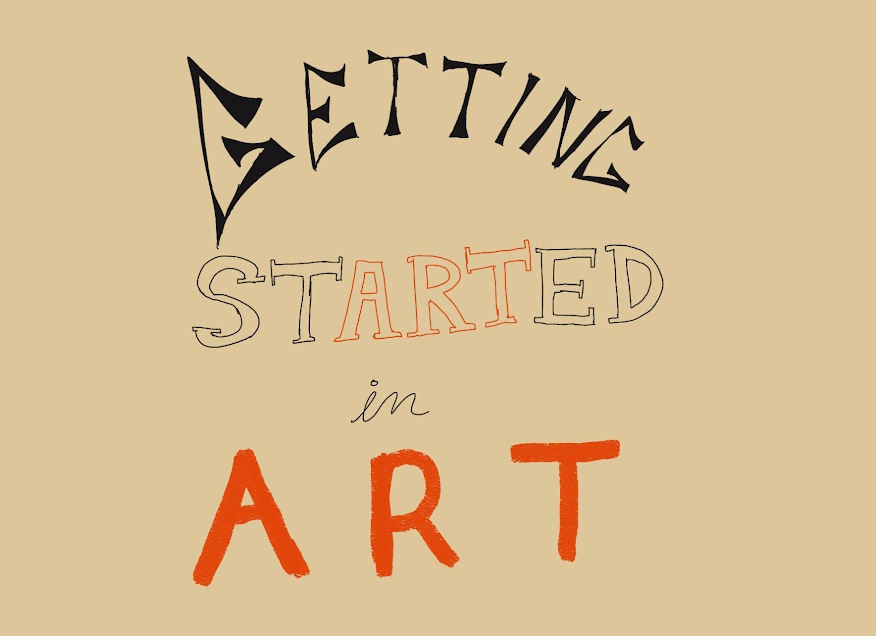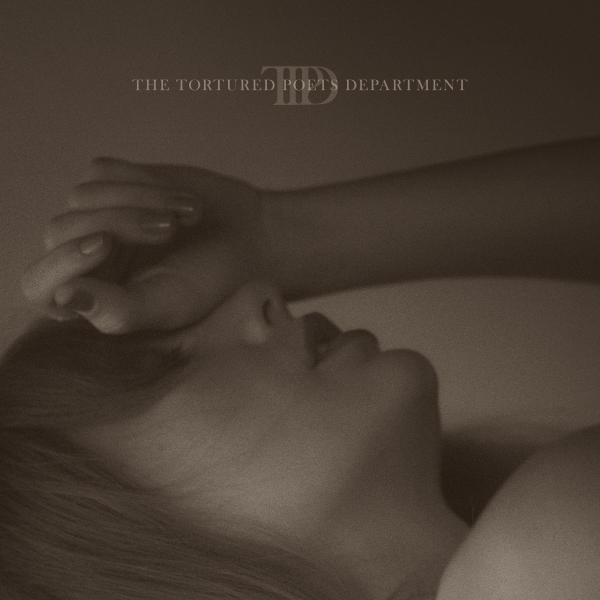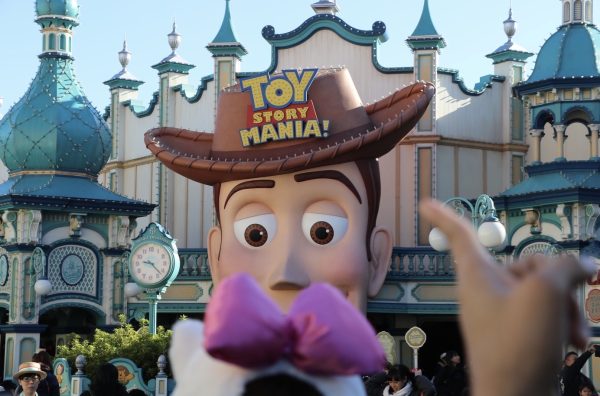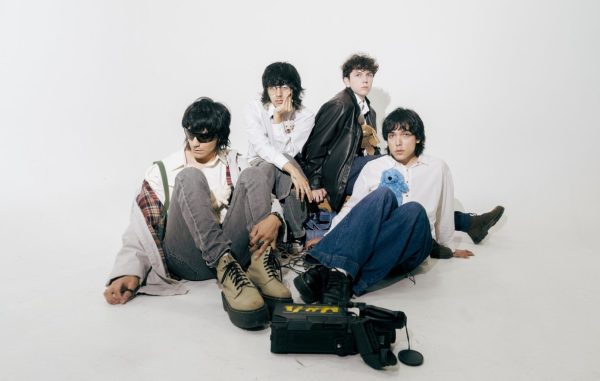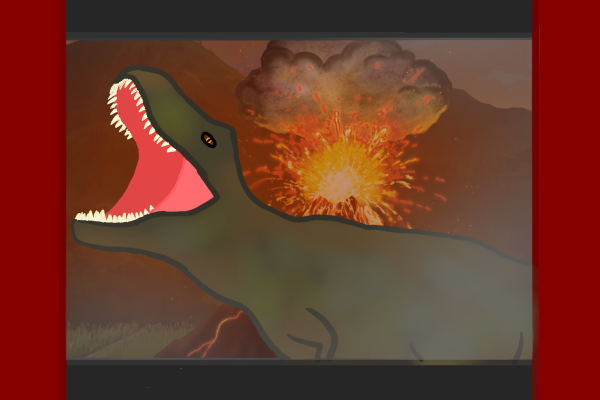Breaking into Art — Where to Get Started
The image depicts the words “Getting Started in Art” in colorful typography on a beige background.

Why start in art?
Art is a healthy exercise for the brain and it helps with emotional regulation. According to a study conducted in September of 2020, art is a way to properly voice feelings in times of extreme stress or trauma.
Besides the health benefits, art is fun in general. It’s a way to visualize your thoughts and freely express yourself. And best of all, it’s basically free to get started.

Ways to get started
The way I got started on my artistic journey was with horses. I absolutely adored them when I was little, and wanted to draw them all the time. Eventually that obsession moved from horses to dolphins, and then finally dragons.
The reason I bring this up is because the one thing that has kept me going throughout all these years is that I enjoy it. Art is supposed to be fun. If you’re not having fun, then what’s the point? Find something you really enjoy drawing, whether it be cars or forks, and go crazy.
If you’re someone who wants to get started with art but you don’t have something you are extremely passionate about, find a cool picture in your camera roll and try drawing that. Or any picture you think is cool, for that matter. It may not turn out how you’d expect the first time, but that’s completely fine. The hardest part about picking up any new hobby is getting started.
A quick way I get inspiration is by watching speedpaints on YouTube, or by looking at other artists on various social media platforms. Seeing someone else make gorgeous art kicks me into the proper gear to create.

Ways to further knowledge
If you’ve clicked on this article and already know a thing or two, or have had art as a hobby for a while, there are plenty of resources out there to help further your knowledge. As a disclaimer I speak from personal experience alone, so my methods may not work for you.
Personally, I’ve found that studying the fundamentals of art gave me the fastest improvement. Learning things like perspective and value, as well as anatomy, gave me a giant boost in art knowledge and technique.
The best videos I have ever watched on fundamentals are in the “10 Minutes to Better Painting” series by Marco Bucci. As someone with a garbage attention span, this series was perfect for me. Bucci is very concise in his lessons, and every lesson grabs your attention too.
Because they’re only 10 minutes long, the videos are super easy to consume and good to watch in a pinch if you’ve forgotten certain fundamentals. I highly recommend his other videos too, since the longer ones go more in depth with each subject.
Another great resource is Proko’s channel. He regularly has professional artists, old and new, come onto his channel to talk about their experiences in freelance, industry, and more. Proko has interviewed people who’ve worked on games like Overwatch and Valorant.
My personal favorites from him are the videos in the “Anatomy of the Human Body for Artists” series. I started learning the nitty gritty about intramuscular structure and things like that from him, and it’s one of the most in-depth yet cohesive guides to anatomy for artists I’ve seen to this day. If you’re a musculature buff like me I highly recommend it.
And, last but not least, if highly stylized digital art is your thing, I present to you: Ethan Becker. He is the only one I don’t have specific recommendations for, because all of his content gives amazing information about how to better your art for the animation industry, as well as how to break into the industry in general.
Becker has worked on shows like Avatar: The Last Airbender, Voltron: Legendary Defender, and even the new adult animated superhero show, Invincible. His extensive knowledge on the ins and outs of the animation industry is on the internet completely free for viewing, and if that’s a field you are interested in, watch his videos as soon as you can.

Things I’ve learned over the years
I’ve been drawing for around eleven years now, but I’ve only been taking it seriously since seventh grade. One of the best tips I’ve ever gotten was “don’t be afraid to let your art be ugly.” I hold onto that phrase like it’s a Bible. A lot of artists are perfectionists, and the fear of failure holds most of them back. Without failure, however, you can’t learn from your mistakes, and you won’t improve.
Don’t be afraid to let your art be ugly. Draw stupid things, draw things you think are funny, and have fun. That’s what art is for.

